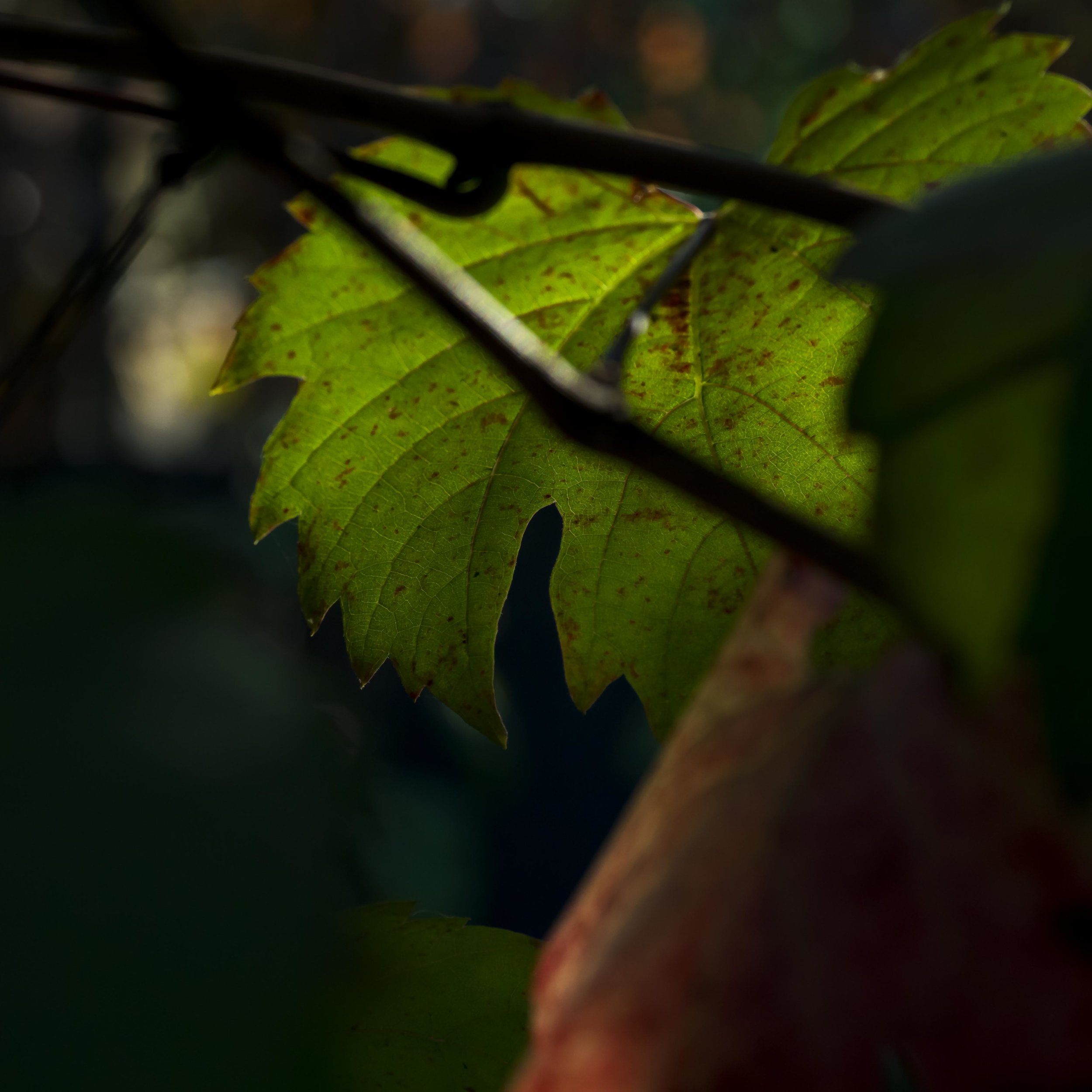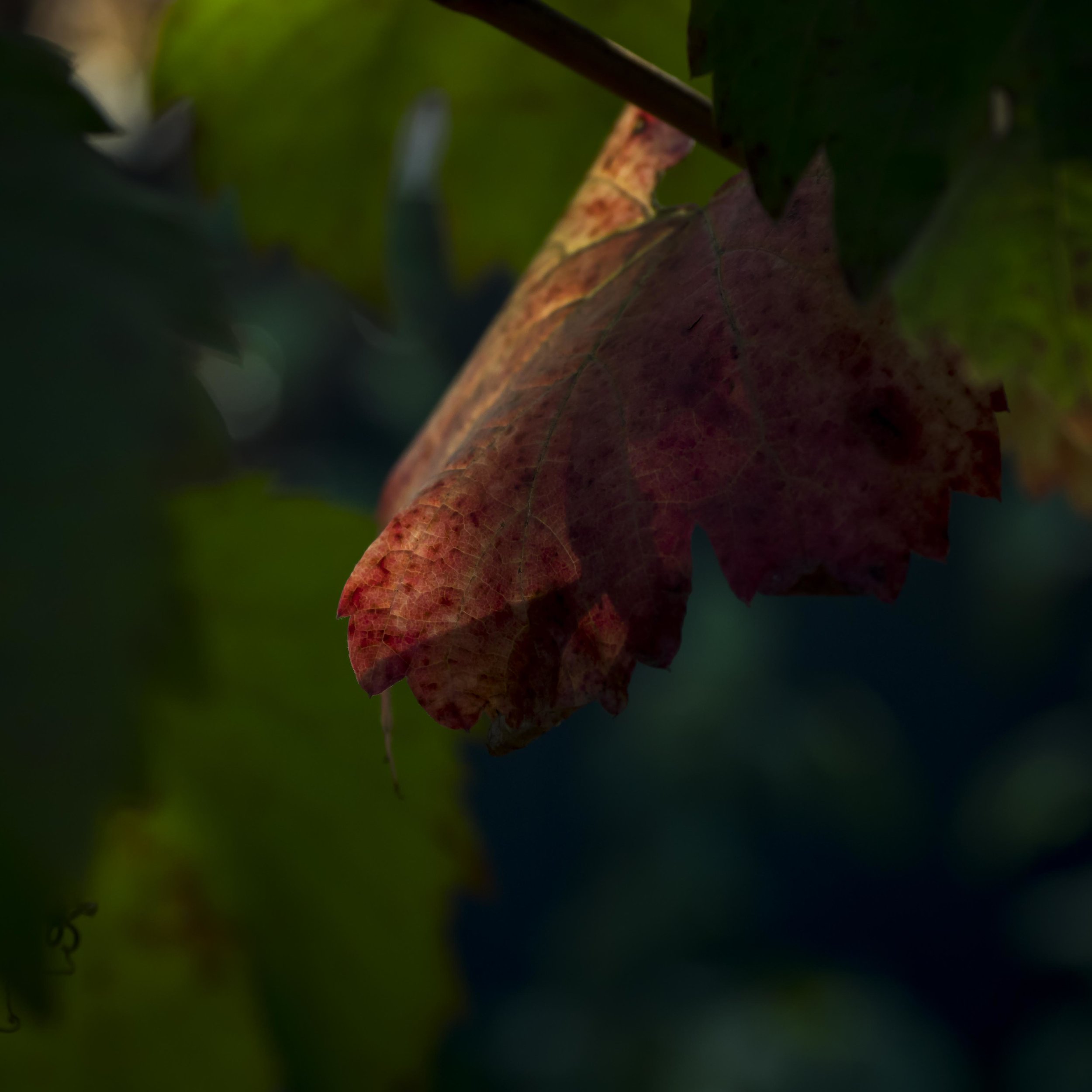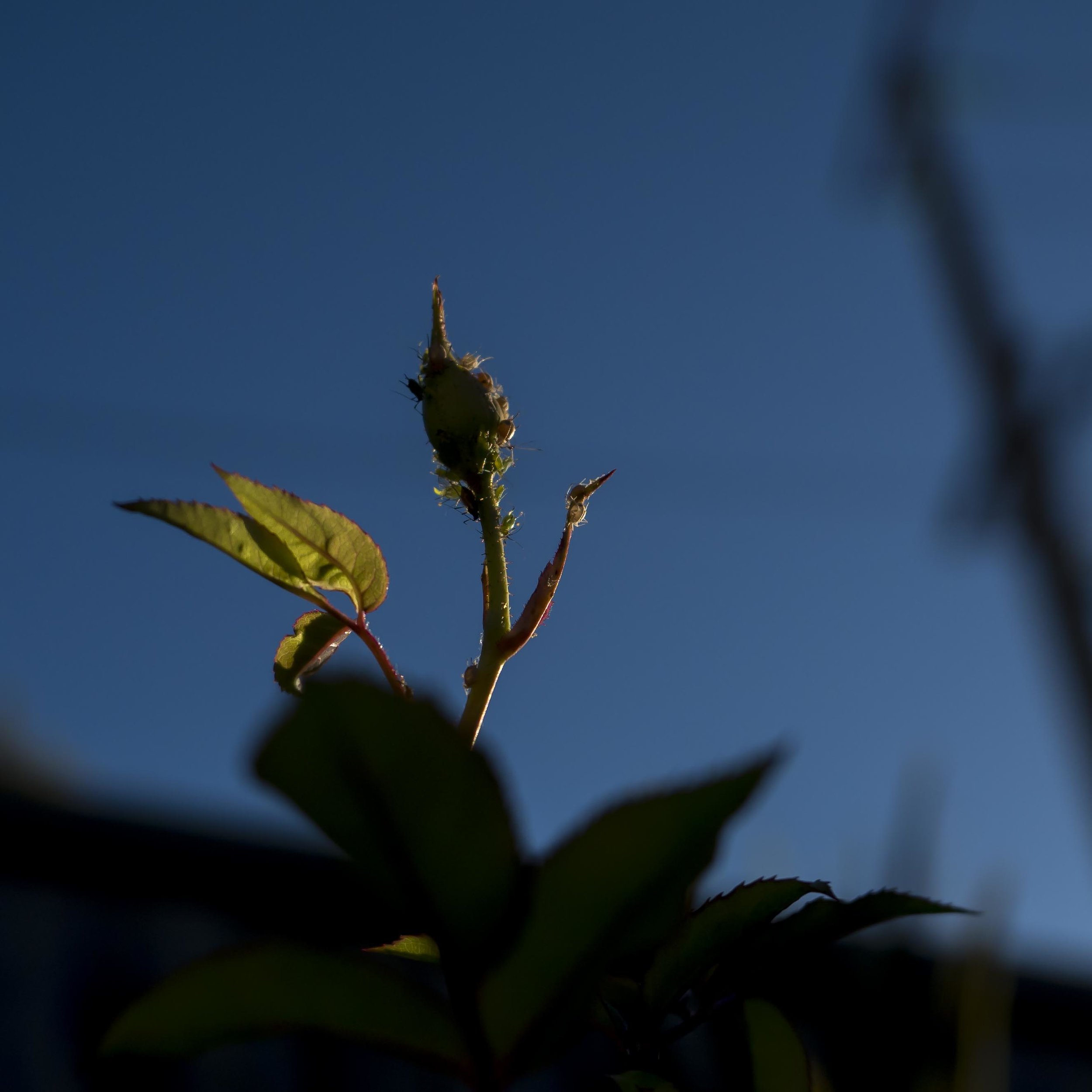A technique we tried at Hollybank called “drifting” Macro.
Pen F 12-100 f4
About 10 minutes out of Launceston is an old tennis racket factory, tree reserve, called Hollybank. The factory is long gone, but the regimented trees have been “parkified”, making it a beautiful and soothing place to be.
I have been going there for most of my life, sometimes regularly, such as over the last few years for photography, but always at least once a year or so for picnics etc.

Plenty of regular landscape compositions (if the light is kind). The lack of autumn colour surprised me, as Hollybank often goes off before town, being a little cooler, but not this year.
We chose it today as for our latest photo-group get together for landscape shooters, looking at tele lenses, wide lenses for low near-far techniques and for macro. It can be a tough place to get the perfect shot. The light can be harsh, fickle even, but with a little experimentation, there is lots of potential.
All images 12-100 pro and Pen F.
Mis identified as a Western Australian tree image, this one was a detail shot from a temple in Japan.

EM5 25mm
All of the above were taken in 5 minutes and within 3-4 feet of each other. The great thing about (semi) macro photography is how much there is easily at hand. Technique is easy. Set the camera to manual focus (usually the closest focussing distance), a wide aperture and “drift” in to focus, shooting as you find something with the right balance of sharpness and blur.
The camera was the Em1, with the 12-40 wide open. This lens has sweeter Bokeh than the 12-100, but is less powerful, giving me 1:3 at half the working distance. With this lens the Bokeh tends to become a part of the image rather than just lost detail.
All of the images are jpeg’s with minimal processing simply because the RAW files I took at the same time, did not offer me anything more than the jpegs except more processing needs. The depth of colour comes from under exposing most of the files by -1 to -1.5 stops, bringing out the rich colour in the highlights at the cost of the shadow areas (expanded dynamic range is often cited as the “cure” for this, but creatively, I like the negative space).
A little grumpy rant here.
If you are a multi billion dollar company, pushing a new (and exciting) bit of photo hardware, then I feel it is incumbent on you to get your basic, basic, basic facts straight.
“Bokeh” is pronounced “Bow” as in bone - “Keh” as in kettle, not “Bokker” as your current Iphone add implies and, while we are on it, it is a term used for the quality of all of the semi or fully out of focus areas of an image not as a term to describe the quantity of blur is applied.
Apparently the phone companies have more people in camera R & D than the camera companies, so you think that someone in this vast network could have taken a tiny peak at the origins of a word before accepting the common “slang” version of it. It is actually a quite recent Anglicising (An American translation to boot, like the ad) of a Japanese language term (Boke Aji), so double bad Apple for not finding either form.
I feel sorry for the women in the ad, they are just doing what they are told, but are now the faces of this stuff-up.
Oh and they use it like a verb also. Bad, bad, bad.
So Apple or Orange or who ever you are, how about you try a little harder.
P.S. I wonder if they stuffed up the Japanese ad?!
Not long now.
The draw of Japan for my wife and I after so many trips, is the fine balance of excitement of exploring the exotic and a deep feeling of comfort. never somewhere we could tire of, or even feel we fully understand, Japan offers us a sense of familiarity mixed with habitual perfectionism, cleanliness, consideration and generosity.

I have never considered myself a macro photographer.
Having said that I have almost always owned a dedicated macro lens, whichever format or brand I have been using over the years. Without doubt, macro lenses are generally the best tool for true macro work and often double up a workable portrait lens, so finding justification to own one has never been too hard.
The reality is I am actually a “very non scientific, obsessed with abstraction, looking for something deeper and less literal” photographer. I don’t think they make a specific lens for that.

EM1 12-100
My current weapon(s) of choice are the 12-40 and 12-100 Olympus zooms. These give me 1:3 to life size which it turns out is enough. This once was loosely called “macro”, especially when printed on telephoto zoom lenses, but is really not true macro, not even close (true macro is where you are producing an image on your sensor or film that is true to life size to the subject, which is to say, if you placed your sensor quite literally on the subject they would be the same size).
The question I suppose is, “do you do scientific macro or just artistic macro?”.

EM1 12-100. The silence of the camera in electronic shutter mode adds to the gentle experience.
Scientific macro is tough and unforgiving. It requires often closer than life size magnification, perfect focus, often extended depth of field, which requires special techniques and balanced (read “boring”) light. Science is not interested in beauty unless it for measurement or understanding.
Artistic macro on the other hand is loose and fun. It is not looking to create a scientifically accurate image, nor even a fully identifiable subject, but something deeper. Magnification is anything strong enough to take you out of the world of the real and into a place filled with mystery and emotion. Too much attention to accuracy is the true enemy of this technique. Looseness of style is where the real gems hide.

EM1 12-100. It is hard to express how uninspiring the subject was (a grape vine in cold shaded light, dry, dusty and tired of summer). Getting in low and close, and shooting into the sunlit underside have revealed a gentle beauty. The lens was used wide open at f4, requiring attention to the very thin focus area, but even the mistakes can come to life.
I have vague memories of a childhood filled with a desire to explore these quiet, dark, hidden and often small places. My early, almost forgotten inspiration comes from films like “The Water Babies” or books like “Snugglepot and Cuddlepie” (very Australian), filled with miniaturised and often environmentally exotic protagonists. Modern takes on these themes have little effect, so it was obviously a first impression thing, although when watching films like “Avatar”, there is a longing that stirs in me for forgotten places and times.
How deep does this influence go? When I re-discover it, often triggered by happenstance, there is a feeling of coming home, so I guess pretty deep.
Handy.


EM1 (fully embraced), 12-40 and Autumn light
Strong light, alternate angles and the wonder of bugs on the roses.
I am getting the hang of the EM1.
The secret is a simple mix of strong processing preferences and a desire to get the best out of the image.
Looking at drastic recovery from intentionally stuffed up SF jpeg files from the EM1.
The top row is recovered form +2.5 stops. The colour shift (CA from the 25mm?) is ugly in the original, but fixable and the file is clean.
The bottom row is interesting though. Nice recovery from -2.5 and very little noise (ISO 400 exposed at I guess about 1250)

Closer detail of the shadow recovered one. Again the sharpness is pleasantly natural, not over done.

At about 700x600 px or “not big enough to fill a post card” size. Impressive clarity, noise control and recovery. Sure it is a bit crunchy, but those are actual pixels you are looking at.
Just going over the basic checklist of what matters in photography. The things that fight frustration and low productivity.
This is not the gear list, or even about work flow, but more about the things to keep in mind when hunting out images sitting on the couch talking yourself out of looking for them.
1) Light is everything. The quality, quantity, what you do with it, how you treat it and how you see it. Light is everything. Everything.
2) Doing is always better than not doing even when the stars are not aligned. You never know what will happen if you try, but guess what your success rate will be if you do not.
3) Take for you, not for what you think others will like or how they will judge you. If you are not true to yourself, then what are you doing it for?
4) Accept the bad days, learn from your mistakes, be patient, be persistent.
5) Learn to see your work how other see it (not the same as shooting for others, see point 3). As photographers we can all spend too much time thinking about our gear, technique and processes. This is necessary at a basic level, but remember, no one else cares about the effort you go to. The rest of the world just wants to see the end product and they don’t care how you got it. This is one of the advantages of printing, it gives you a more critical eye for your own work before and after.

The one “winner “ from of a frustrating morning in beautiful light and a lovely spot. Heavily cropped, sloppily taken (hand held with the 75-300 zoom maxed out), this image is the one and only that really spoke to me out of 180 odd, but that is a better success rate than some days.
Mono conversions seem to much the same dynamic as the colour ones I previously posted about.
The 45mm lens used previously is a little stressed here with a high contrast subject, high magnification (1200 pixels square) and set wide open at f1.8.
I can pick the jpeg straight away (the left one) because of the well controlled hazing flare around the loose hair strand. The fine detail in the cushion is about the same and the grain is smoother. The jpeg noise reduction is set to low and without experimenting, it looks better than the NR sliders set on 33 mono/50 detail and 25 colour/50 detail in Lightroom.
There is very little sharpness added to the jpeg, but significant sharpness and clarity added to the RAW as well as a touch of de-hazing. The balance between smoothness, detail, flare/haze reduction and contrast is quite excellent from the jpeg and it is a hell of a lot quicker to work with. Ironically a good amount of processing is taking out the aggressive settings from my RAW pre-sets.
I suppose the real question is, does Adobe serve the EM1’s sensor well enough (it is a little less sharp on DP review’s image comparison tool compared to the GX9, G9 and Pen F). If not, then the jpegs are closer to the designers intent and hopefully another programme or improved Adobe settings will get more out of it.
If Adobe are on track, as has generally been the case in the past, then Olympus has created a sensor and processor combination that is very good at their desired intent (low noise with good sharpness), and they are still doing a better job than Adobe at extracting that quality.